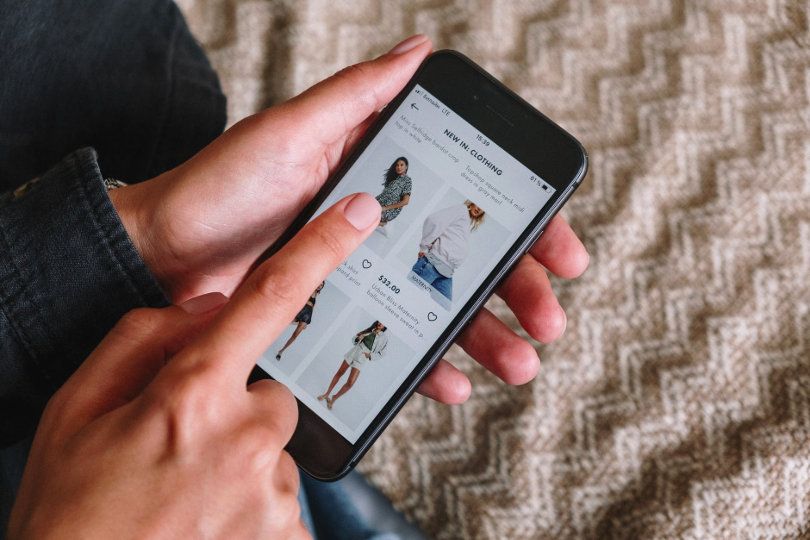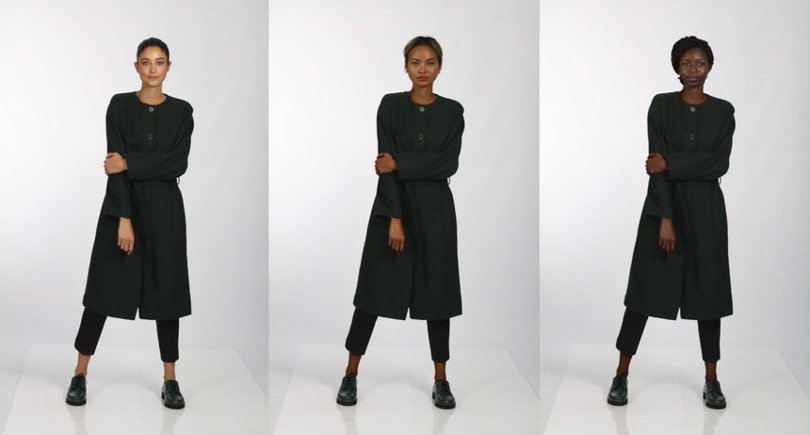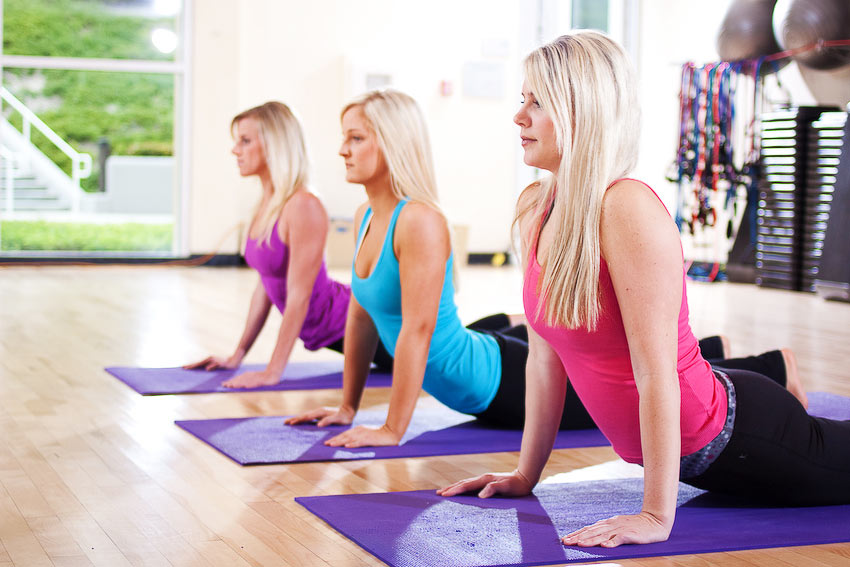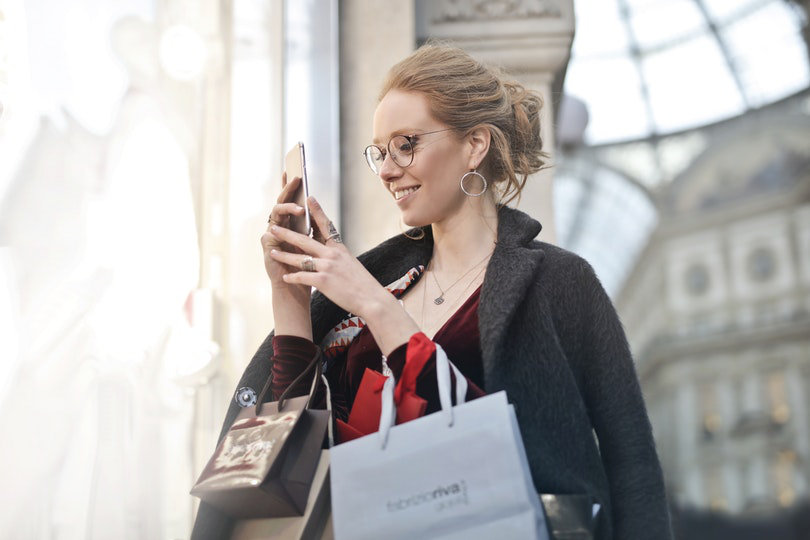Ask people about 2020 and you’ll get mixed responses. We’ve been forced to eat, sleep, think and live in entirely different ways. Home workouts, toilet roll hoarding and painful Zoom calls have all become staples of daily life. It goes without saying that the way consumers interact with brands has changed too.

- 39% of global consumers tried new brands this year, and 83% will continue to buy from newly discovered brands. (Bazaar Voice)
- 45% say they’re using their mobile phone more as a shopping channel since the COVID-19 outbreak. (PwC)
- Meanwhile, a rise in conscious consumption sees 36% of consumers becoming more mindful of where they are spending their money. (McKinsey)
So, which shifts look like they will stick around into 2021 and beyond? Green Room Design explore.
1. Fast-tracked digitisation

As millions of us around the globe migrated our work, social and shopping lives online during lockdown, we all felt the positive and undeniable power of digital. A digitally-fuelled future was always inevitable, but one we’ve seen fast-tracked this year. There’s now an increased need for brands to embrace the shift, using digital to create more meaningful brand experiences, both online and in the real world.
Increased consumption of social media has created a big opportunity for brands to create socially-fuelled retail spaces. By using their social channels to pull people in-store and using their stores to continue the engagement with their brand online, they can create an ecosystem that enhances the consumer experience while providing a constant flow of data, which can be used to adapt and improve stores.
Take London start-up Superpersonal, for example. 41% of US consumers aged 21-65 buy multiple variations of clothing online with the intention of returning unwanted items, creating a problematic global returns system. To answer this, they transformed the concept of the fitting room, enabling customers to create VR-based avatars of themselves and their body types from the comfort of their own homes, offering a highly-personalised fitting experience.
2. Stronger community spirit

2020 has simultaneously thrown us apart and brought us together. The result has been stronger feelings of local community, and an acceleration of people joining communities online.
- As a result of the pandemic, 80% of consumers feel more, or as, connected to their communities. (Accenture)
The first lockdown this year forced many to go digital in order to keep in touch with family and friends. The young were online more than ever, while the elderly took up Zooming, Skyping and Facetiming. More familiar tech was also used to keep in touch: in Roscommon, Ireland, a new radio show was set up to create stronger community spirit and help the elderly, with locals interviewed and messages passed from person-to-person via the airwaves.
Meanwhile online, there has been a huge spike in communities, with gaming one key growth area. The usual suspects FIFA and Call of Duty have of course been popular, but communities on Twitch have sprouted around Chess too, which has unexpectedly boomed during 2020.
A heightened sense of community across the globe is likely to last way beyond 2021. There’s an opportunity for brands to create spaces and places – online and off – that bring their communities together in meaningful ways. Transportable pop-ups that take a brand from town-to-town, focusing on activities above and beyond simply selling product, could be a great way to bring online communities together in the real world.
In Sweden, lockdown measures early in the year meant the least vulnerable went about their normal lives (for the most part), while the vulnerable were kept inside. This meant many elderly people were alone. Reacting to this, McDonalds led the way with community spirit by creating a service whereby grandchildren could send their grandparents Happy Meals, with a hand-drawn picture from their grandkids replacing the traditional toy.
3. Staying local

Working from home and a hesitancy to travel has made the comfort of staying (and shopping) local more and more appealing, while the increase in community spirit has also seen a rise in people’s pride in the places they live in.
There’s a big opportunity for brands to create spaces that allow local culture to thrive and bring people together. And with concerns around hygiene likely to keep many away from malls, there’s also an opportunity for brands to create smaller, in-community spaces, away from major towns and cities.
Following on from Nike’s House of Innovation, Rise and Live concepts, the brand launched Nike Unite to connect local customers to sport and celebrate local interests. The Unite stores are committed to hiring people from each community, whilst the product offering is curated to be locally-relevant, with spaces designed to tell individual community stories.
4. Heightened self-care

Feelings of apprehension for what’s to come and desire to regain momentum will be strong in 2021.
- A huge 73% of consumers believed brands need to embrace wellness as part of their core mission. (Ogilvy)
Brands need to constantly reassess their customer’s emotional states, establishing new ways to add value based on their ever-changing journey, whether that’s through a wellness offering, mentorship schemes, upskilling or added value content.
As consumer self-awareness grows, so does the opportunity for brands to show that they care beyond the point of sale. Whether through partnerships or off their own back, connections with consumers can be deepened by showing their audience that they care about them far beyond the checkout.
Let’s take Snapchat, for example. Directly addressing the rising stress levels this year, Snapchat has joined forces with meditation app Headspace, offering two free meditations that will feature on Headspace Mini, to encourage mindfulness exercises for its users. Uber did their bit too, and as a nice way of saying thanks to its customers for continuing to book rides throughout the pandemic, their rewards programme offers riders the chance to earn one month free of the language learning platform Rosetta Stone, helping to upskill their customers. Other rewards include four months free of Apple Music and 30 days of HBOMax, helping to fuel customers’ down-time.
5. Greater desire for experiences

This fifth and final trend encapsulates the previous four, bringing digitisation, community spirit, locality and empathy together into one agile brand space. As consumers continue to prioritise experience over ownership, brand spaces will morph further into experience hubs and platforms for education, content, community and work.
- Consumer appetite is experience is ever-growing, with demand for in-home experience – dubbed the ‘insperience’ economy – predicted to reach £168 million in the next year
Before 2020, consumers were already starting to expect more and more from brand stores, a trend that has now accelerated big time. Brands can future-proof themselves by ensuring their stores are key experiential destinations in their omnichannel journey, and by ensuring stores – both online and offline – are designed to offer way more than just a place to shop and check out products.
Samsung KX at Coal Drops Yard in London is adapting to consumer needs by transforming into a content hub that offers a programme of workshops, debates and projects. The space successfully blurs the boundaries between Samsung’s digital and physical worlds, using their KX hub as a platform for the next generation of innovators – even using it’s space as a film studio.
2020 shone a light on the things that truly matter. The masses have been reminded of the importance of community, connection and authentic relationships, not just with people, but with the brands in our lives too.
No matter what happens in 2021, the stage is set for brands to now create even more meaningful relationships with the consumers they serve, through the behavioral shifts highlighted in this report.







